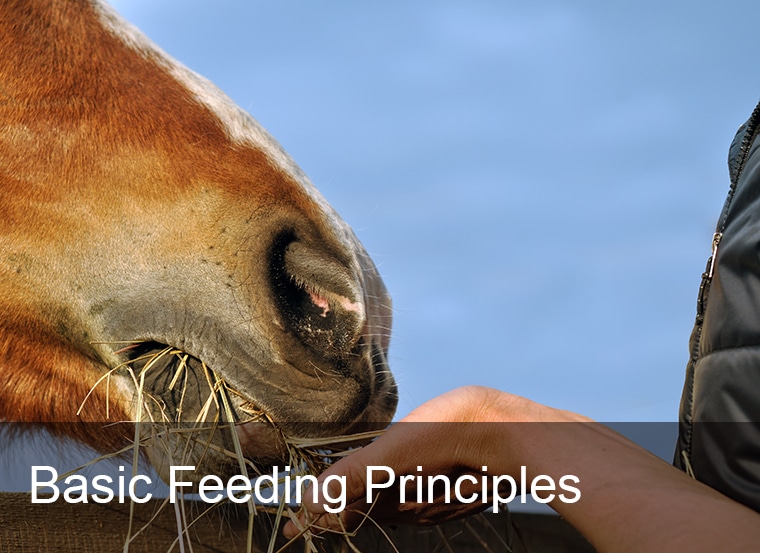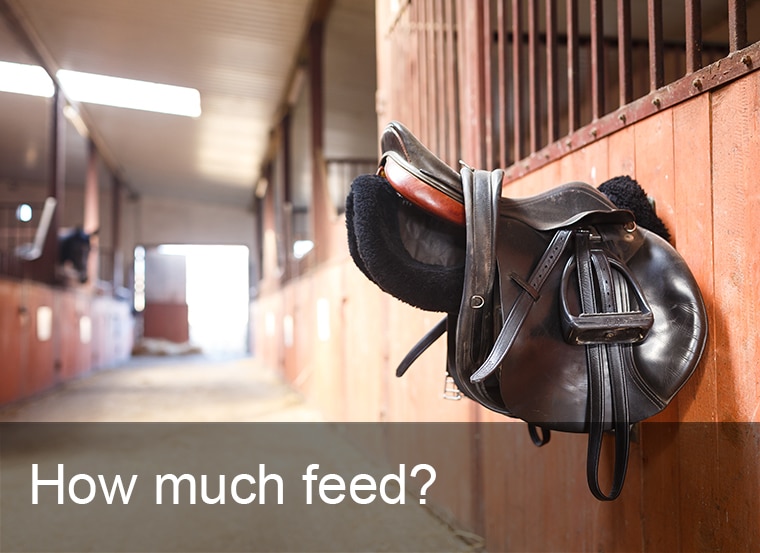Feeding Guidance
Weight
Remember horses should be fed according to weight not height. Country Mix Feeds recommend feeding between 2 – 2.5% of your horse’s bodyweight as feed per day divided between concentrates and forage (hay, grass, haylage).
It is important to have a record of your horse’s weight. The easiest way to do this is by using a ‘weight tape’. To obtain the body weight using a ‘weight tape’ measure the girth around the horse’s barrel (just behind the withers and in the girth groove).
Below is a feeding table which will give you an approximate guide of how much to feed your horse or pony based on it’s girth and bodyweight, and it’s workload.
Choosing your Feed
When choosing your feed first consider your horse’s workload. A horse with a light workload will not require the same diet as a hard working horse. Then consider your horse’s temperament, choose the correct energy source to reduce ‘fizz’ or provide a calming effect. Each feed type has accompanying notes to help you choose the best for your horse but our experts are always available to advise if you have a particular problem. Fricker’s Formula Feeds are designed so that they can be mixed but they should not be used with feeds from other manufacturers.
Workload
Light Exercise: Hacking, Novice Competitions, Showing, Pony Club, Riding Club
Medium Exercise: Show Jumping, Dressage, One Day Eventing, Hunter Trials
Hard Exercise: Flat Racing, Point-to-Point, Endurance, Harness Racing, Polo
Remember the horse has a relatively small stomach. Too much concentrate in one meal can overload the stomach and cause digestive upsets. The digestive system functions more effectively when supplied with a fairly constant supply of food. Divide the daily concentrate into as many feeds as possible (3 to 4). Never make sudden changes to your horse’s diet, introduce them gradually over several days.
Environment
Ensure your horse has access to clean, fresh water. Keep your horse’s stable and feed buckets clean as a dirty environment will discourage your horse from eating. Have your horse’s teeth checked regularly and make sure your horse is wormed regularly. Ensure that your feed is kept in a dry area which is free from pests.
Forage
Forage contains fibre which is vital for a healthy gut function. Always complement your concentrates with good quality forage.
Other Considerations
The length of time a horse is stabled, the time spent grazing and the quality of the grass, and the use of rugs will all have an effect on the amount of feed to be given. Other factors should of course be taken into consideration, such as temperament, type, and how good a ‘doer’ your horse or pony is.




